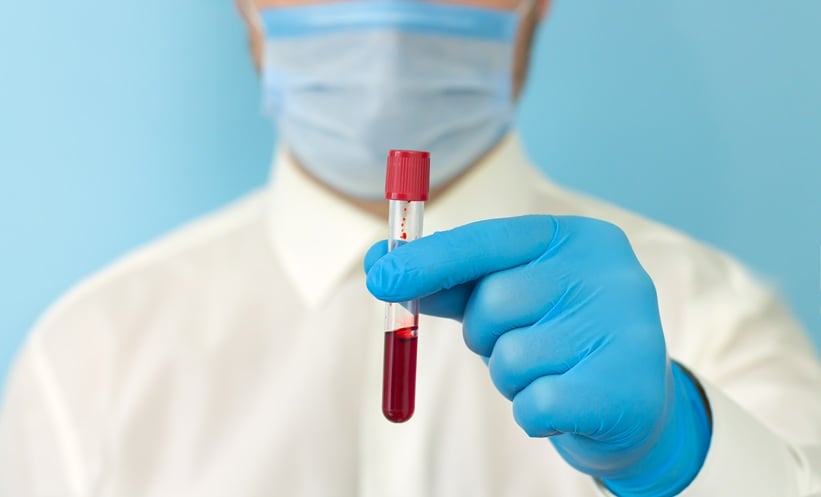CLINICAL trial results for a wearable pulse oximeter and software platform designed to monitor obstructive sleep apnea (OSA) treatment response were presented at the American Thoracic Society (ATS) 2025 International Conference in San Francisco. The device, cleared by the FDA for medical use, demonstrated high patient adherence and offers a potential breakthrough in managing OSA and other sleep-related breathing disorders.
In the trial, patients used the ring-like sensor, which collects continuous data via transmittance-based photoplethysmography. This method is particularly suited for the proximal phalanx region and delivers reliable performance even in low perfusion states, providing a more accurate alternative to many consumer wearables. Over a 47-day period, participants were asked to wear the device for 9 nights, but 85% used it more often, with one patient recording 44 nights of use.
Unlike other consumer wearables this device is tailored for clinical use and integrates with an app accessible to both patients and healthcare providers. This facilitates real-time data sharing and enables informed, collaborative decision-making between patients and clinicians.
Ketan Mehta, head of product and engineering for Connected Wearables at Apnimed (Cambridge, Massachusetts, USA) emphasized the importance of longitudinal data. “One sleep specialist even reported that it may be better to collect one or two channels of data over 25 nights than 25 channels over one night, which is considered the gold standard with in-lab polysomnography,” he said.
Beyond OSA, researchers see promise for the device in monitoring other sleep-related respiratory conditions such as COPD and ILD. The connected software is still undergoing regulatory review before broader deployment, but early data from diverse clinical settings suggest a promising future in digital sleep medicine.
Reference:
Mehta K et al. Wearable Sensor Could Be Used to Monitor OSA Treatment Response. American Thoracic Society. 2025. Available from: https://site.thoracic.org/press-releases/wearable-sensor-could-be-used-to-monitor-osa-treatment-response. Last accessed: May 18, 2025.








